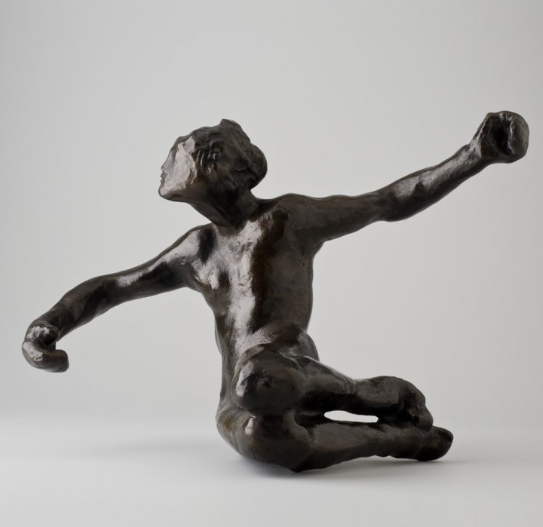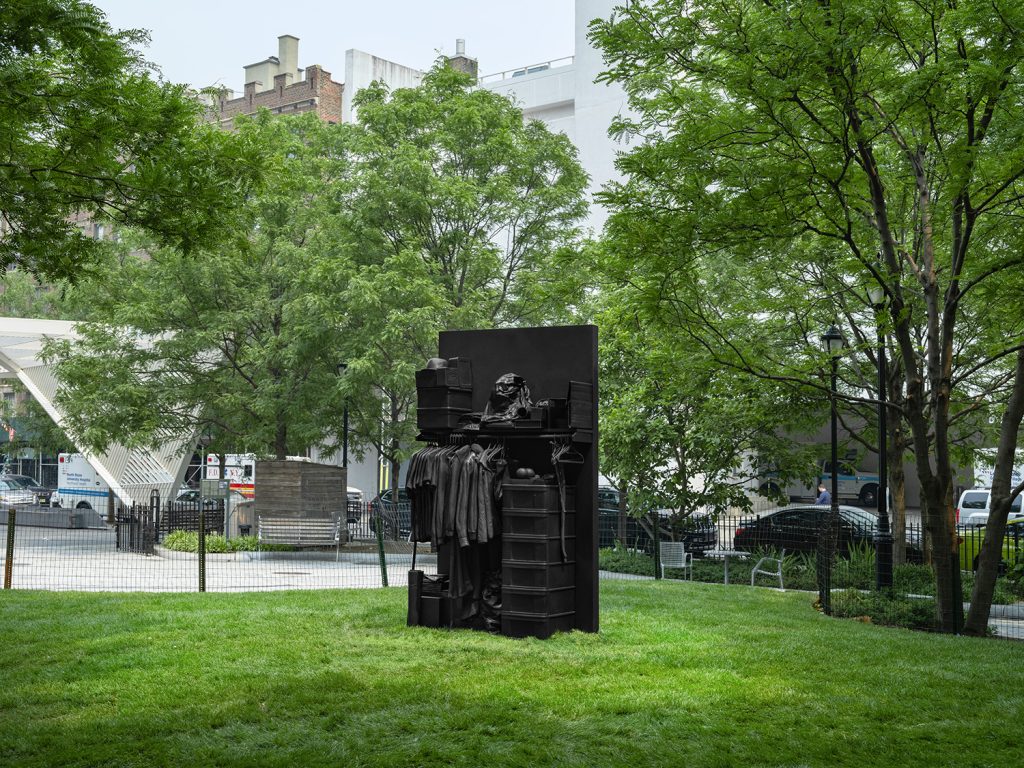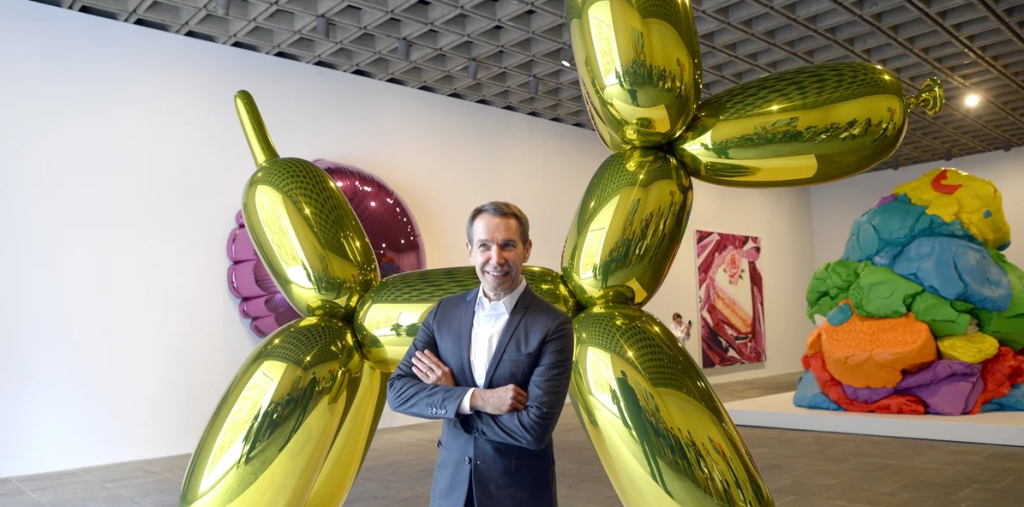The Dance of Art: Exploring Nijinsky’s Choreography through Rodin’s Sculptural Lens
Art is a universal language that connects various forms and expressions, merging movement and stillness into a single conversation. The genius of Vaslav Nijinsky in the world of ballet intertwines beautifully with the masterful sculptures of Auguste Rodin. By exploring their work together, we can gain a deeper insight into how movement and form engage the emotions and senses.
The Enigma of Nijinsky’s Choreography
Vaslav Nijinsky is often regarded as one of the greatest dancers and choreographers in ballet history. His innovative techniques revolutionized the art form, emphasizing raw emotion and instinct over structured movements. Works like “The Afternoon of a Faun” and “The Rite of Spring” showcased his ability to use the human body as a narrative device, breaking traditional ballet constraints. Nijinsky’s choreography is energetic yet ethereal, often evoking feelings of nature and spirituality, allowing audiences to witness the expressive potential of dance.
Rodin’s Sculptural Philosophy
While Nijinsky captured movement in real time, Auguste Rodin’s masterpieces immortalized the human form in marble and bronze. Rodin believed in capturing the emotional depth of the human experience through sculpture, emphasizing dynamic poses that convey movement, much like Nijinsky’s choreography. His famous works, such as “The Thinker” and “The Kiss,” encapsulate raw emotion, mirroring the passionate and spontaneous qualities present in Nijinsky’s dance. Both artists focused on the interplay between form and feeling, revealing profound connections in the space they occupy.
The Intersection of Dance and Sculpture
Exploring the synergy between Nijinsky and Rodin unveils fascinating parallels in their artistic expressions. Both artists pushed boundaries in their respective fields, encouraging audiences to experience art beyond aesthetic pleasure. Nijinsky’s dance reflects fluidity, while Rodin’s sculptures reflect solidity, yet both evoke visceral reactions, captivating the viewer’s imagination. Modern dance companies sometimes reference Rodin’s works in their performances, blurring the lines between sculpture and dance, demonstrating that the emotions they both convey are timeless and relevant.
In conclusion, the interplay between Vaslav Nijinsky’s choreography and Auguste Rodin’s sculptures invites us to reflect on the nature of art itself. Their works remind us that dance and sculpture, though different mediums, share the same pulse of human expression. To delve deeper into this captivating relationship, consider visiting exhibitions or performances that explore these artists’ legacies. Embrace the dance of art and let it move you!


